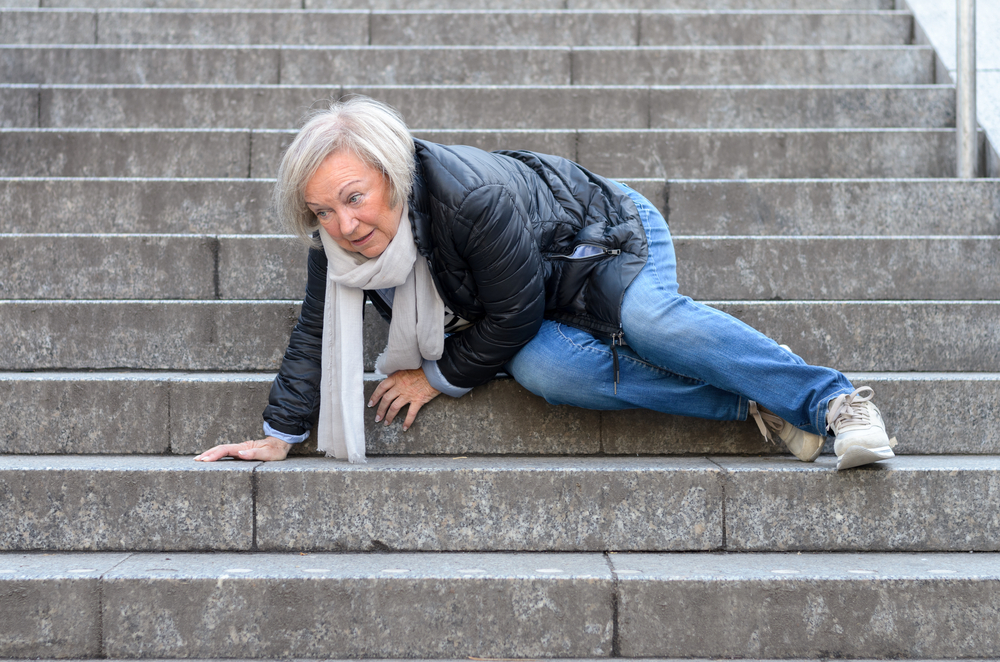National MS Society Among Groups Promoting Sept. 22 as Falls Prevention Awareness Day

Today is Falls Prevention Awareness Day, an annual campaign that occurs every Sept. 22 to encourage multiple sclerosis (MS) patients and others prone to falls to give a little extra thought on how to identify factors for falls.
The event, coordinated by the National Council on Aging, will be the 10th in an annual series that has taken place since 2007.
The National Multiple Sclerosis Society (NMSS) is contributing to the event by presenting research into MS-related falls, as well as resources to identify risk factors of falling.
Research shows that 50 to 70 percent of MS patients report falling at least once over a six-month period, with about 30 percent falling several times. Many people with MS also get injured when they fall, adding significantly to the burden of MS.
Studies show that typical MS symptoms, such as poor gait and balance, or the loss of proprioception — the perception of where body parts are in a space — contribute to falls in MS, which typically occur while doing everyday activities at home.
To better understand why people with MS fall, and how to best prevent it, current research focuses on better detection of falls. One approach is to use automatic fall detection devices, which patients can wear.
A 2015 symposium on gait and balance in MS focused specifically on falls. The meeting concluded that although knowledge and prevention strategies have improved, much remains to be done. In that regard, the International MS Fall Prevention Research Network helps researchers collaborate on falls research.
But neurological symptoms are not the only factors at play. Psychological issues make up another area in the risk spectrum, says the NMSS. Fear of falling or overconfidence both contribute, as does inactivity.
“As MS changes over time and walking becomes more difficult, you may find that you resist accepting help,” the NMSS writes in a guide for minimizing the risk of falls. “Being able to walk confidently and independently is important, so the idea of losing that independence may be frightening. Tools and tips that can prevent future falls will help to keep you more independent rather than take your independence away… being receptive to them is half the battle.”
Besides the guide, the NMSS has also developed the Free From Falls program, containing eight modules with webinars, downloadable educational material and video-guided exercises. These materials teach patients about biological, behavioral and environmental risk factors for falling, while also offering tips and strategies that may reduce the risk of falls.






